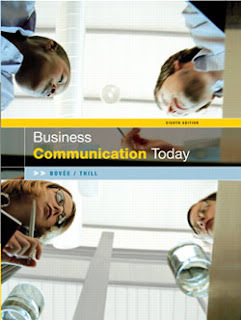
Retailing Management by Levy and Weitz is the best-selling textbook in the retailing market.
Retailing is a high tech, global, growth industry that provides challenging and rewarding career opportunities for college graduates. This book and its corresponding tools and exercises were written to expose students to the excitement of retailing and prepare them for a career in retailing and related fields.
Known for its strategic look at retailing and current coverage, this 5th edition continues to be organized around a model of strategic decision-making. One of the major advantages of the Levy/Weitz approach is the text’s readability, organization, and its emphasis on how students can come to grips with real retailing issues and be able to solve problems. The text’s logical organization around a decision-making process allows readers to learn about the process of strategic decisions first before moving on to decision implementation. The implementation decisions are broken down into merchandise management decisions and store management decisions, just as they would be in a real retailing setting.
The text provides a balanced treatment of strategic, “how to,” and conceptual material, in a highly readable and interesting format. The seventh edition continues its cutting edge coverage on the latest topics and developments in retailing including globalization; customer relationship management programs; multi-channel retailing; supply chain management, the use of the Internet to improve operating efficiencies and customer service; and legal, ethical and cooperate social responsibility issues.. Students indicate that this text is a “good read” because of the numerous examples of retailers, their practices, the interesting retail facts in the margins, and eye catching design and layout.
Chapter 1Chapter 2Chapter 3Chapter 4Chapter 5Chapter 6Chapter 7Chapter 8Chapter 9Chapter 10Chapter 11Chapter 12Chapter 13Chapter 14Chapter 15Chapter 16Chapter 17Chapter 18Chapter 19






